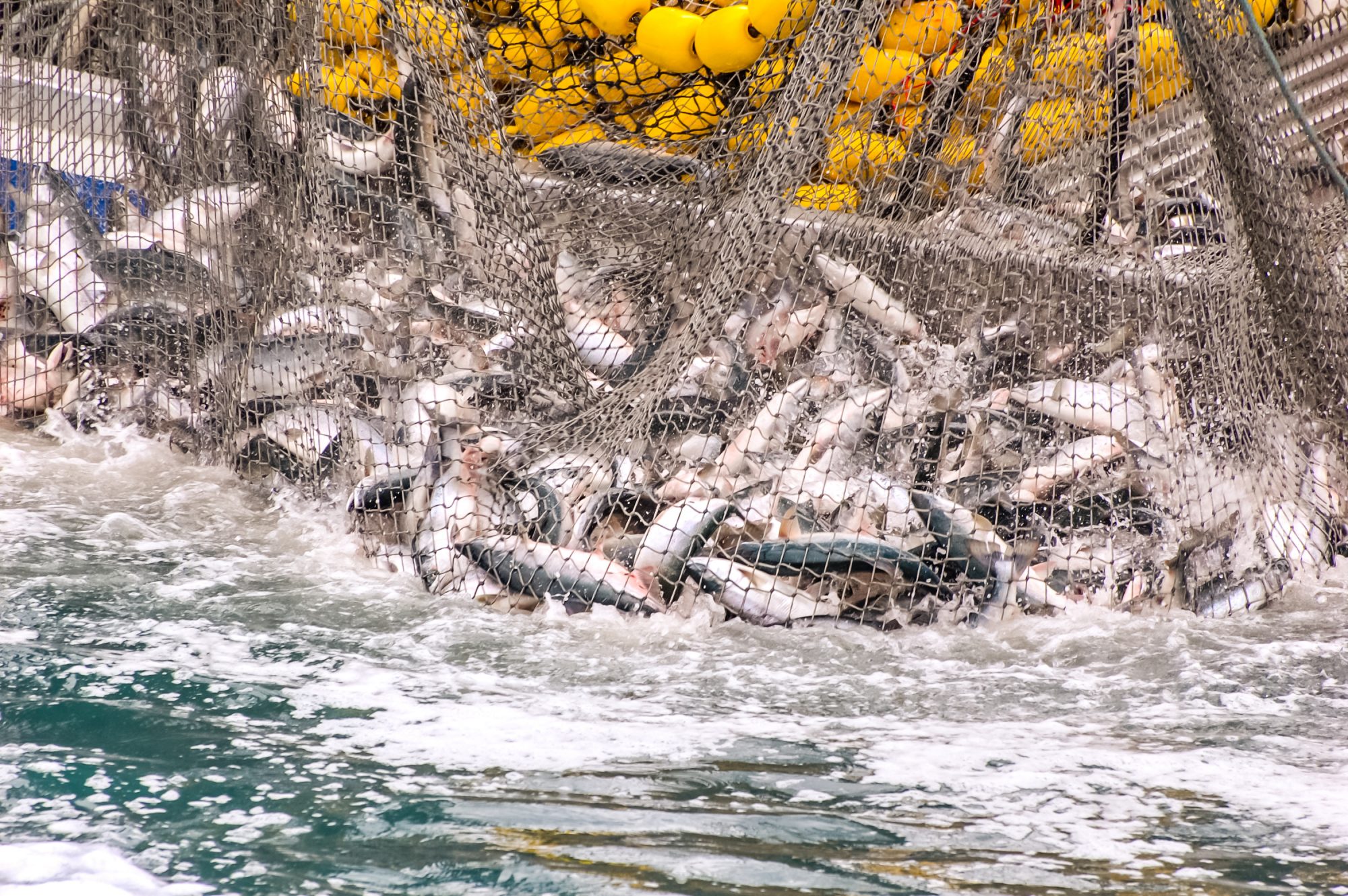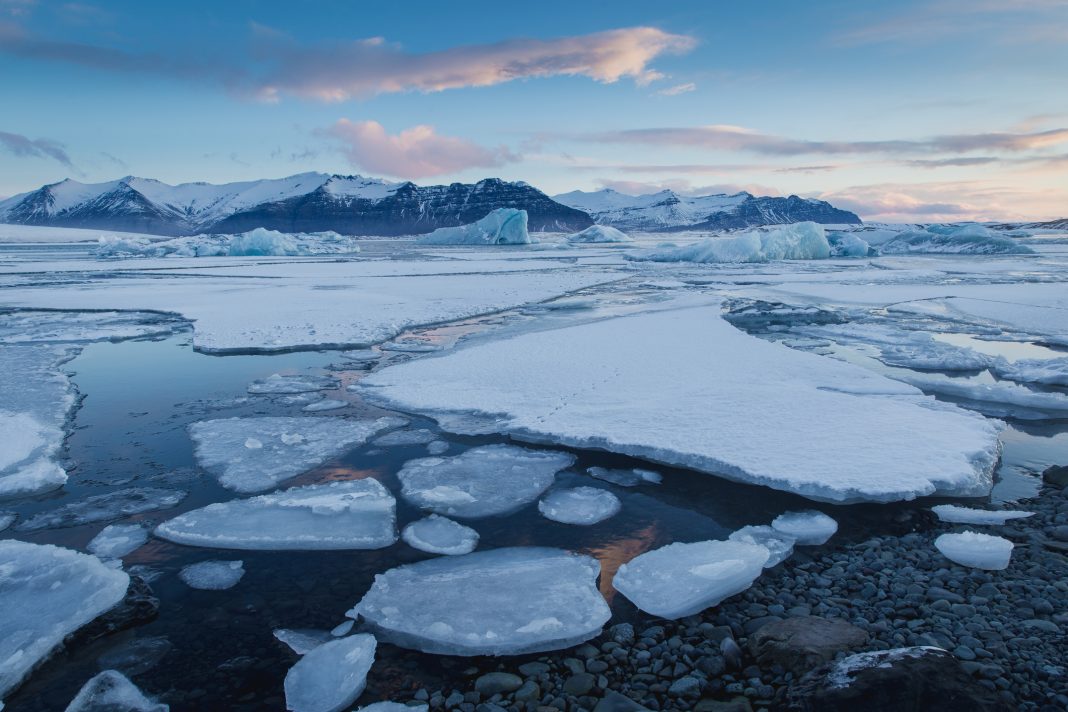Open Access Government talks to ocean climate expert Dr. Robert Suryan, who is the lead of an ecosystem studies program at the Alaska Fisheries Science Center’s Auke Bay Laboratories
Dr. Suryan, who is also the science lead for Gulf Watch Alaska Long-term Ecosystem Research and Monitoring program, focuses on understanding population and community dynamics in response to changing food availability and ocean climate in Juneau, Alaska.
His specific research topics and research methodologies include food web and trophic ecology using diet and stable isotope analyses, predator foraging ecology using individual-based tracking integrated with prey and habitat data, and environmental change effects on fish health and survival using lipid, energy, and morphological measures to assess overall body condition.
His research collectively contributes to understanding effects of changing climate on ecosystems, ecosystem-based fisheries management, and conservation of protected species such as marine birds and mammals.
What would you say is the biggest challenge facing Alaska fisheries and the fishing industry?
Fisheries in Alaska are very dynamic, and I expect that you would obtain different answers from each fishing sector or participant that you ask. From my perspective as a marine ecologist, I would suggest that adapting to extreme events associated with climate change is the most challenging. Long-term changes from climate change can have major impacts, but there is time to plan for those.
However, shorter-term climate extremes causing fluctuations in abundance and age, or size structure of fish populations pose a major challenge to the fishing industry, managers, and scientists. For fisheries managers, it is extremely challenging to anticipate ocean climate changes and estimate harvest limits when conditions affecting fish survival and abundance change rapidly and are outside the range of previous observations.
For fisheries scientists, it is a race to collect information and identify mechanisms of change to estimate future outcomes and inform fisheries managers and industry in their decision-making process. Recent examples of these occurrences in Alaska include the rapid declines of Pacific cod in the Gulf of Alaska and snow crab in the Bering Sea.

How do fish contribute to the overall balance of marine ecosystems by influencing other animals in the food chain?
There are many ways that fish can influence other animals in the food chain, and in terms of balance, the primary two are top-down and bottom-up processes. A top-down process is when one species of fish at a higher level in the food chain reduces the abundance – primarily, but not exclusively, through consumption – of another species of fish lower in the food chain. In contrast, bottom-up control is when a fish species affects the abundance of other fish species higher in the food chain.
For forage fish in the middle of the food web, if the abundance of one species declines without a corresponding increase in another forage fish species of similar quality (energetic value), then a “bottleneck” is created, restricting energy flow to species higher in the food chain. We observed this during the 2014-2016 Pacific marine heatwave in the Gulf of Alaska where large-scale marine bird and whale mortality events (“die-offs”) occurred along with observations of “skinny whales”, emaciated individuals and females with low reproductive rates.
There are also lateral effects, for example, when the decline of one forage fish species causes predators to increase consumption of another fish species to balance energy budgets in the system. If predators switch from preying on a non-commercially important species to one that is commercially important, this can cause immediate or future (if young fish are target) reductions of commercially important fish species. Or if the alternate prey item is of lesser nutritional value, the health or abundance of the predator population, including many commercially harvested species could be reduced.
How do changes in fish populations, such as overfishing or declining numbers due to environmental factors, affect the entire food chain and the survival of other animal species dependent on them?
Food chain interactions are very complicated, carrying with it an unknown number of potential interactions and outcomes. The examples that I described about top-down and bottom-up processes are two of the most prominent, and if prolonged can lead to regime shifts, where one species, or similar group of species (a “guild”) becomes abundant over time.
For example, the balance of the system shifting from more abundant mid-food- chain forage fishes and crustaceans such as herring, shrimp, and crab to large predatory fish such as pollock, cod, and halibut. Large-scale regime changes often occur due to environmental changes, but can be influenced in combination with fishing pressure.
To address these questions, we use computer models relying on a wide variety of observational data as inputs, some of the most valuable data coming from long time series. Given the many possible interactions and outcomes, we have to focus on the major pathways of interaction with species of interest.
Much like weather forecasting that has greatly improved (though we still complain!) with modern computing power, improved computer models, and greatly expanded real-time data collection from weather stations and satellites, our ecosystem models benefit from the same advances.
One major difference however is that biological data are more challenging logistically to collect and inherently more difficult to interpret than purely physical data inputs for weather system modelling.
Even so, the effects of ocean climate changes on fish populations and the impacts up and down the food chain, like I described during recent heatwaves, provide a stress test for understanding interactions and calibrating ecosystem models for improved forecasting when similar or more extreme conditions are expected to be encountered in the future.
One of our primary limitations is the relatively short duration of our biological data collection relative to long-term climate cycles and we often lack a baseline for the rapidly changing conditions that we are currently experiencing.
How is ocean climate change influencing the size and growth patterns of fish populations?
Fish are ectothermic, meaning their internal body temperature is regulated by external water temperatures. As waters warm, their bodies warm, their metabolism increases, and they must increase food consumption to compensate for this increased energy demand. The opposite is true when ocean waters cool, and in fact this is a key strategy for overwinter survival of many marine ectotherms from zooplankton to fish, that is seek cold waters at depth to slow metabolism over winter when food is scarce.
The temperature range that each fish species can tolerate also varies, and when thermal thresholds are reached, growth and survival decline. The warming ocean climate is particularly challenging for cold-adapted species as energy demand increases, yet if food is scarce or of low energetic value, body condition could suffer and result in reduced survival.
How is ocean climate change altering the availability and abundance of key food sources for fish?
Compared to warm oceans, cold oceans tend to have a lower diversity of species but a greater abundance of the fewer species present. Furthermore, abundant prey species in the cold ocean waters contain the highest lipid reserves which greatly increases foraging efficiency – energy acquired per unit time and effort – of consumers and predators.
This is one important reason why many species migrate to high latitudes or productive coastal upwelling regions to feed during productive spring and summer periods.
Warming or other effects of changing climate alters the species composition and abundance of prey species in the middle of the food chain, which in turn can decrease the carrying capacity for fish species higher in the food chain that rely on those prey. An example of this in Alaska is the decline of four key prey species (herring, capelin, sand lance, and krill) during recent climate-driven heatwaves.
This left fewer and less efficient energy pathways to species higher in the food chain, thereby reducing carrying capacity for many species and resulting in large mortality events and declines in the abundance of many fish, bird, and mammal species.
In what ways is ocean climate change impacting the dietary preferences and feeding habits of fish species, and how does this affect their interactions with other organisms in the food chain?
Two primary ways that diets are affected by climate relate to energy allocation and prey switching. Energy allocation is a combination of acquisition, storage, and use. In colder oceans, especially in high latitudes and arctic regions, animals throughout the food chain, from zooplankton to whales, produce or accumulate lipids to store energy for future use when food is less plentiful or absent.
As water temperatures warm in the ocean, nutrients and other essential ingredients for building lipid energy stores are reduced. In the case of zooplankton, species that grow and reproduce faster without accumulating energy tend to be favoured in warm conditions.
Fish can switch to these alternative prey species and even jellyfish for some species, but these prey contain fewer of the essential nutrient and lipids. This is particularly challenging for fish during relatively rapid ocean climate change and extreme events that we are experiencing. For example, during an extended warm spring and summer season, an ectothermic fish is obligated to grow at the expense of accumulating lipid stores for winter. If a typical or extremely cold winter follows, the fish does not have enough stored energy to survive, even though winter might be shorter and ultimately leading to population-level changes.
What does this mean for the ecological role of fish within aquatic ecosystems? What does this mean for humans?
Collectively, this means that marine ecosystems are changing in concert with the same changing weather patterns that humans are experiencing. Fish species more tolerant of warm water are expanding their range into higher latitude regions, while cold water adapted species are more restricted in where they can move and are contracting their ranges. Changing ocean climate temperatures and associated oxygen levels are also changing food web energy pathways, resulting in large algal blooms (some toxic) or jellyfish populations that have few consumers and become energy dead ends.
This effectively reduces the amount of energy passing through the middle of the food chain and reduces the abundance of some animals at the top, which includes many species harvested commercially or for subsistence by humans. Current efforts include helping ocean-dependent businesses and communities become more resilient by preparing for and adapting to these changes. This is not the first- time fisheries-dependent communities have had to adapt, but the changes anticipated from the current climate change are far greater and occurring faster than recent history and collective memories.

This work is licensed under Creative Commons Attribution-NonCommercial-NoDerivatives 4.0 International.


